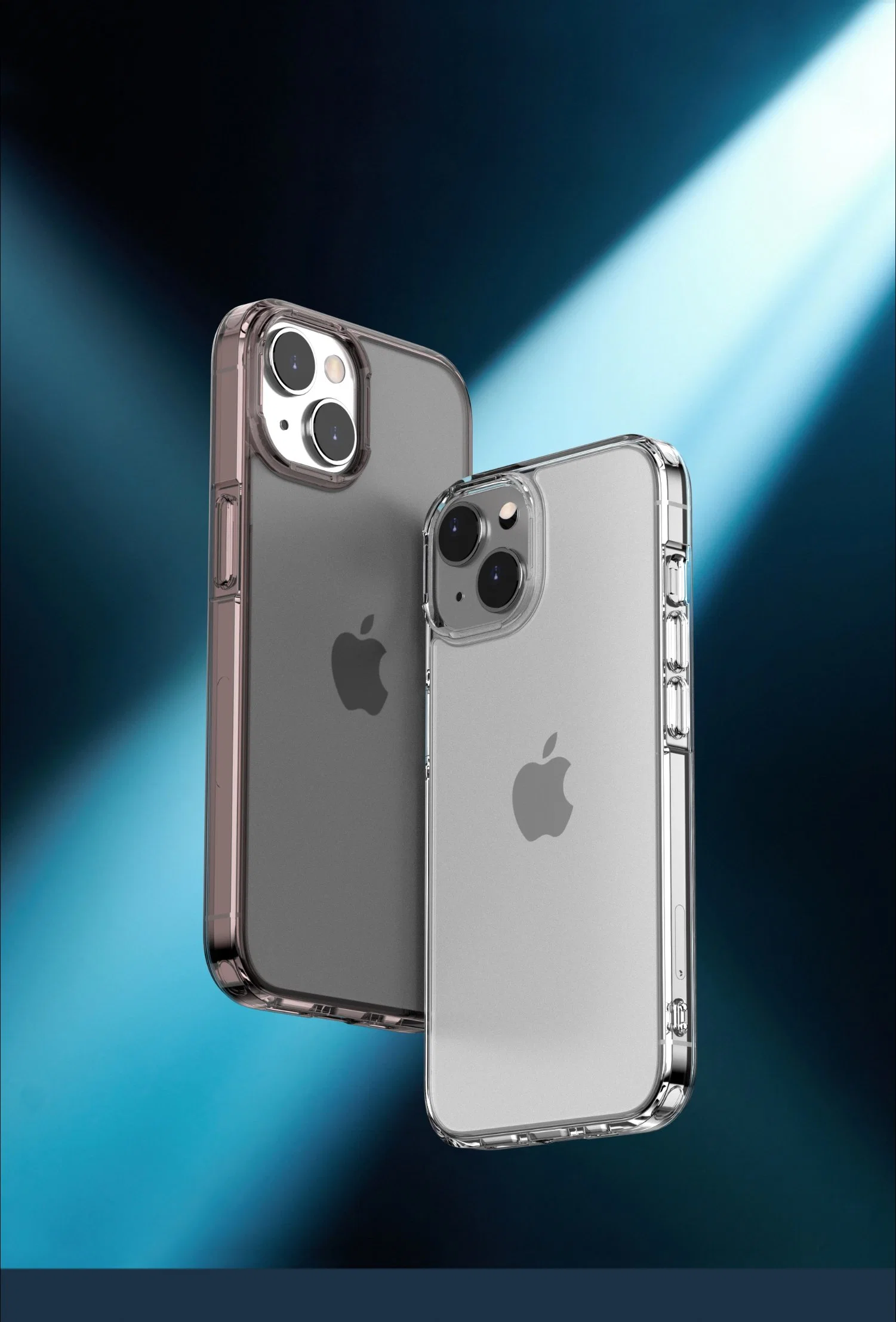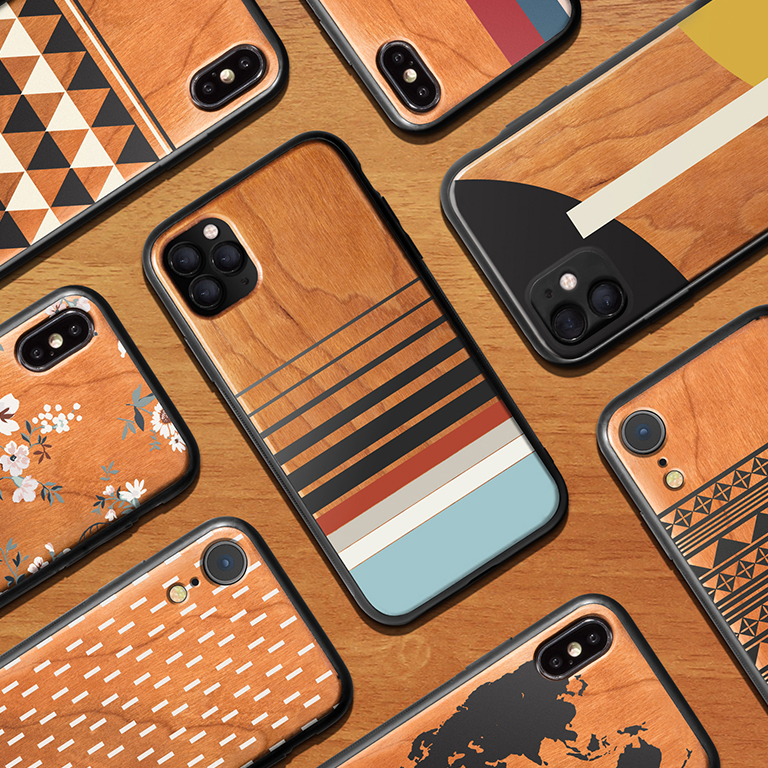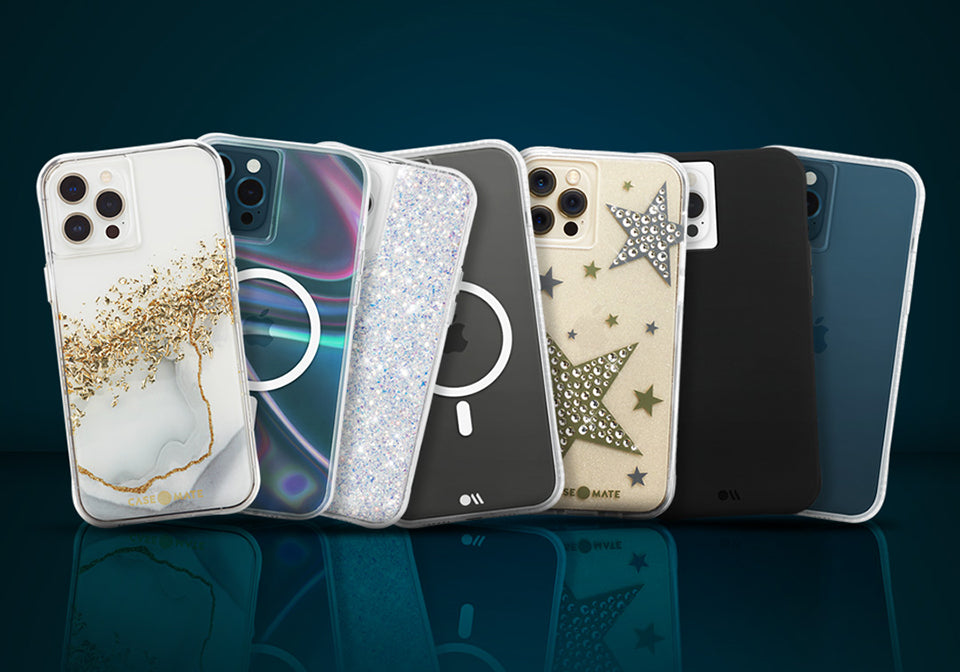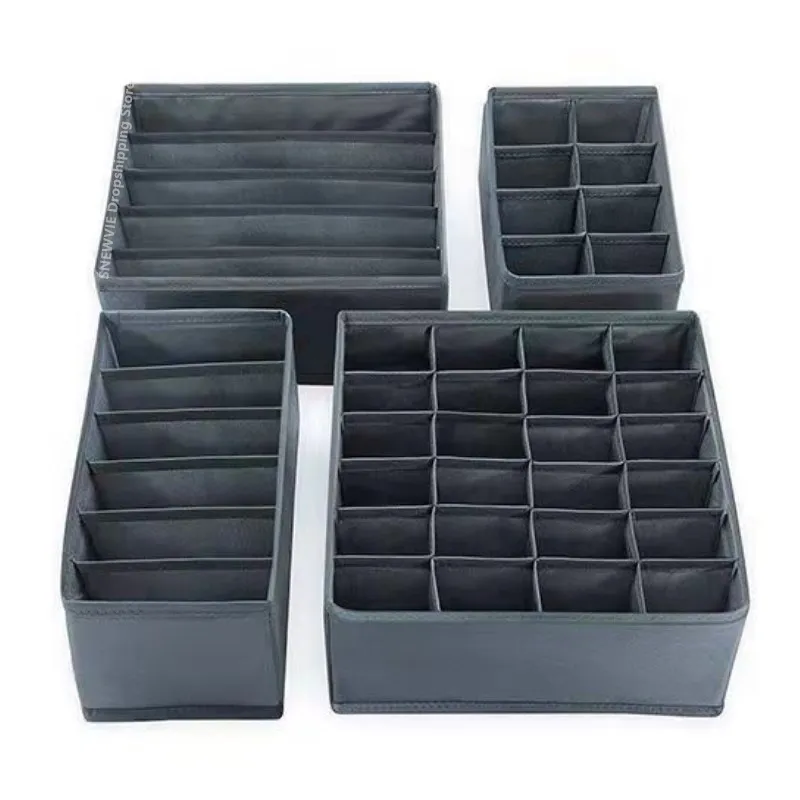In today’s fast-paced world, smartphones have become more than just communication devices; they are an integral part of our daily lives. Given their significance and the investment they represent, protecting them with a suitable phone case is paramount. However, with the plethora of options available, selecting the right material for your phone case can be a daunting task. This comprehensive guide aims to demystify the options, helping you make an informed decision to safeguard your precious tech.
Understanding the Spectrum of Phone Case Materials
Phone case materials vary widely, each offering unique benefits and limitations. The most common materials include silicone, plastic (such as polycarbonate and TPU), leathe r (genuine and synthetic), metal, and wood. Silicone cases are known for their shock absorption and grip but can attract dust and lint. Plastic cases, particularly those made from polycarbonate or thermoplastic polyurethane (TPU), offer a balance between protection and weight, with varying degrees of flexibility and impact resistance. Leather, exuding elegance, provides a comfortable grip and ages beautifully, though it may not offer as much protection against drops. Metal cases add a layer of sturdiness and premium feel but can interfere with signal reception and are typically heavier. Wood cases stand out for their unique aesthetics and eco-friendliness but may compromise on drop protection.
r (genuine and synthetic), metal, and wood. Silicone cases are known for their shock absorption and grip but can attract dust and lint. Plastic cases, particularly those made from polycarbonate or thermoplastic polyurethane (TPU), offer a balance between protection and weight, with varying degrees of flexibility and impact resistance. Leather, exuding elegance, provides a comfortable grip and ages beautifully, though it may not offer as much protection against drops. Metal cases add a layer of sturdiness and premium feel but can interfere with signal reception and are typically heavier. Wood cases stand out for their unique aesthetics and eco-friendliness but may compromise on drop protection.
Prioritizing Protection: Impact Resistance and Durability
When it comes to guarding your device against the inevitable drops and bumps, the material’s impact resistance and durability are crucial. Polycarbonate and TPU plastic cases excel in this area, offering excellent protection without adding significant bulk. These materials are engineered to absorb and dissipate impact, minimizing the risk of damage to your phone. For those in search of the utmost protection, specialized cases that combine multiple materials, such as a polycarbonate shell with a silicone or TPU liner, provide an enhanced level of shock absorption. While aesthetics are important, prioritizing materials known for their protective qualities can save you from costly repairs or replacements.

Weighing Aesthetics and Personal Style
Your phone case is an extension of your personal style, and the material you choose plays a significant role in its overall look and feel. Leather cases, whether genuine or synthetic, offer a classic, sophisticated appearance that can complement professional environments. Wood cases, on the other hand, provide a natural, organic aesthetic that stands out for its uniqueness and craftsmanship. Metal cases, with their sleek and modern look, appeal to those seeking a minimalist design. When selecting a material, consider how it aligns with your personal style and the message you wish to convey through your device.
Comfort and Usability: Grip and Ergonomics
A phone case should not only protect your device but also enhance its usability. Materials like silicone and soft-touch plastics offer excellent grip, reducing the likelihood of drops. However, these materials can sometimes make it difficult to slide your phone in and out of tight pockets. On the contrary, metal and wood cases might offer less grip but slide easily into pockets and bags. Consider how you typically carry and use your phone to determine which material best suits your lifestyle.

Compatibility with Wireless Charging and Accessories
With the advent of wireless charging and the use of various accessories, such as magnetic car mounts, the material of your phone case becomes even more critical. Metal cases, while durable and stylish, can hinder wireless charging capabilities and signal reception. In contrast, silicone, plastic, and leather cases generally allow for uninterrupted wireless charging and do not interfere with signals. Before making a decision, verify that the material of your choice is compatible with your preferred charging method and any accessories you regularly use.
Environmental Impact and Sustainability
As environmental awareness grows, the sustainability of the materials used in phone cases has come under scrutiny. If ecological impact is a concern for you, consider cases made from biodegradable materials, recycled plastics, or sustainably sourced wood. These options offer a responsible choice without compromising on protection and style. By choosing eco-friendly materials, you contribute to reducing waste and supporting sustainable practices in the tech accessory industry.

Longevity and Maintenance: Keeping Your Case in Prime Condition
The durability and ease of maintenance of your phone case material are essential factors to consider for ensuring your case looks great over time. Silicone and leather cases may require more frequent cleaning to maintain their appearance, as they can attract dust and show wear. Plastic and metal cases, however, are generally easier to clean and more resistant to visible wear and tear. Consider how much time and effort you’re willing to invest in case maintenance when making your selection.

One aspect to consider when choosing a phone case material is the balance between flexibility and rigidity. Silicone and TPU cases offer flexibility, making them easier to install and remove. This flexibility also contributes to their shock-absorbing capabilities, as they can better dissipate the energy from drops. On the other hand, rigid materials like polycarbonate and metal provide a solid barrier against scratches and direct impacts but may transfer more shock to the device during a fall. Assessing your daily activities and environments can help you determine whether a flexible or rigid case better suits your lifestyle.
Thermal Conductivity and Device Performance
The material of your phone case can also impact your device’s thermal performance. Smartphones generate heat during operation, and excessive heat can lead to decreased performance and battery life. Metal cases, while durable and offering a premium feel, can retain heat, potentially exacerbating overheating issues. In contrast, materials like silicone and plastic are less conductive, allowing heat to dissipate more effectively and keeping your device cooler under heavy usage. If you frequently use your phone for demanding applications, such as gaming or video streaming, considering the thermal properties of case materials becomes crucial.
Impact on Signal Reception
Another critical factor that often goes overlooked is the potential impact of case material on signal reception. Metal cases, in particular, can interfere with cellular, Wi-Fi, and GPS signals, leading to reduced connectivity and data transfer speeds. If you live or work in areas with already weak signals, opting for a non-metallic case material like silicone, plastic, or leather can help minimize any additional signal degradation. Ensuring uninterrupted communication and data access is vital in our connected world, making this an important consideration for many users.
Conclusion: Making an Informed Choice
Choosing the best material for your phone case involves balancing protection, aesthetics, usability, compatibility, sustainability, and maintenance. By understanding the unique properties and trade-offs of each material, you can select a case that not only safeguards your device but also complements your lifestyle and values. Remember, the right phone case is not just about protection; it’s an expression of your personal style and a reflection of your priorities. With this guide, you’re well-equipped to make an informed decision, ensuring your tech is guarded in style.









